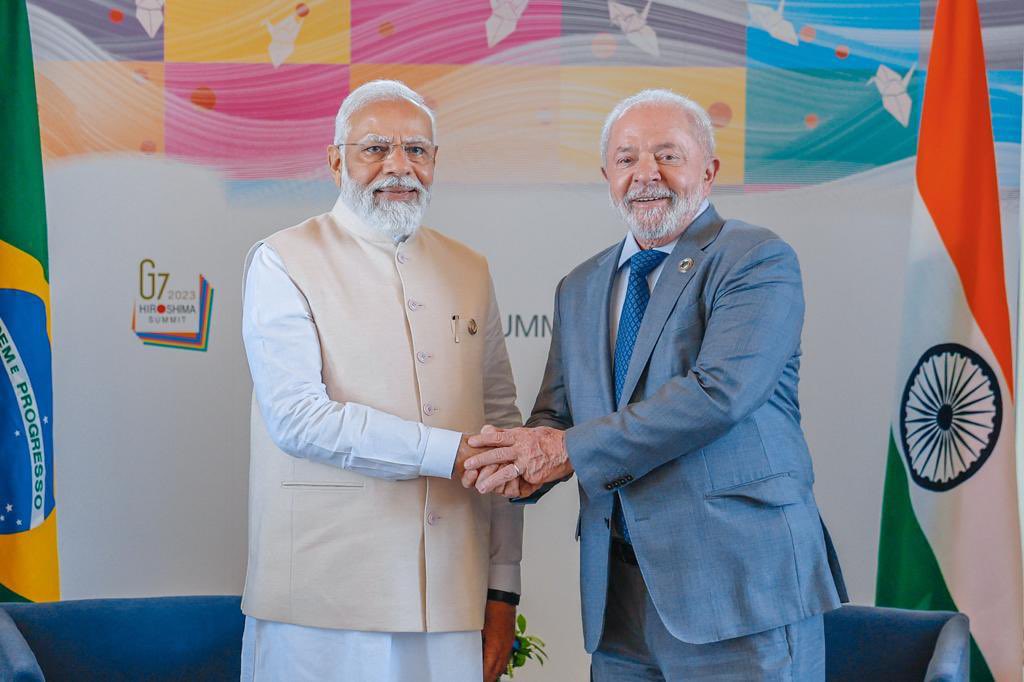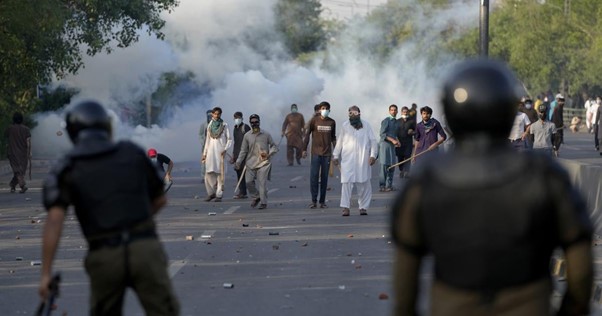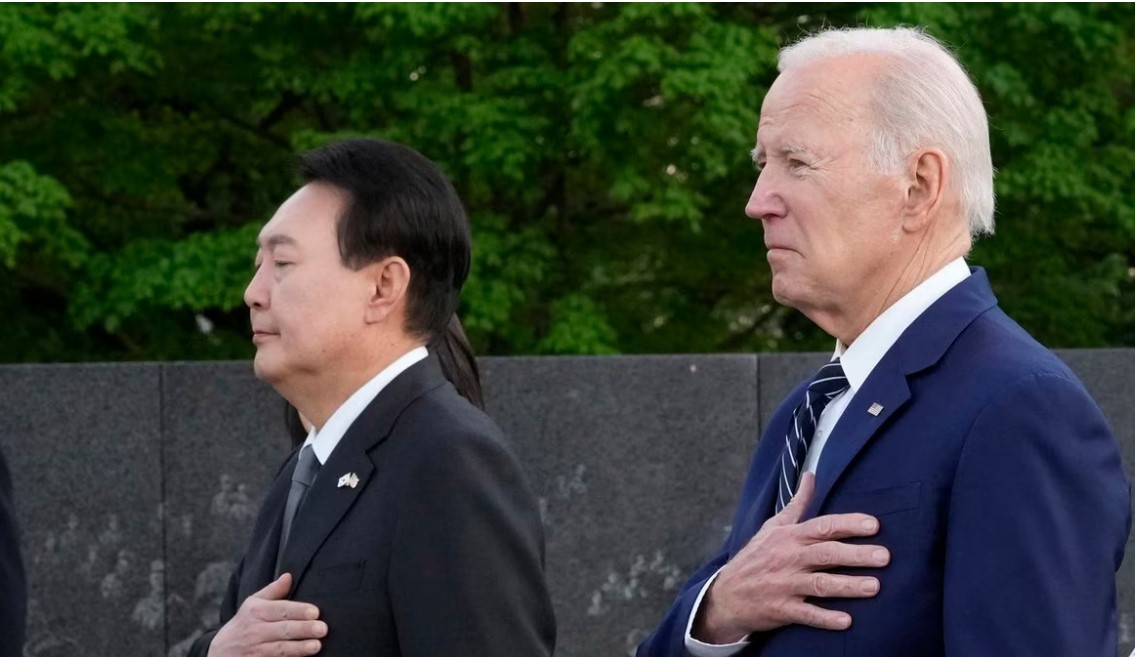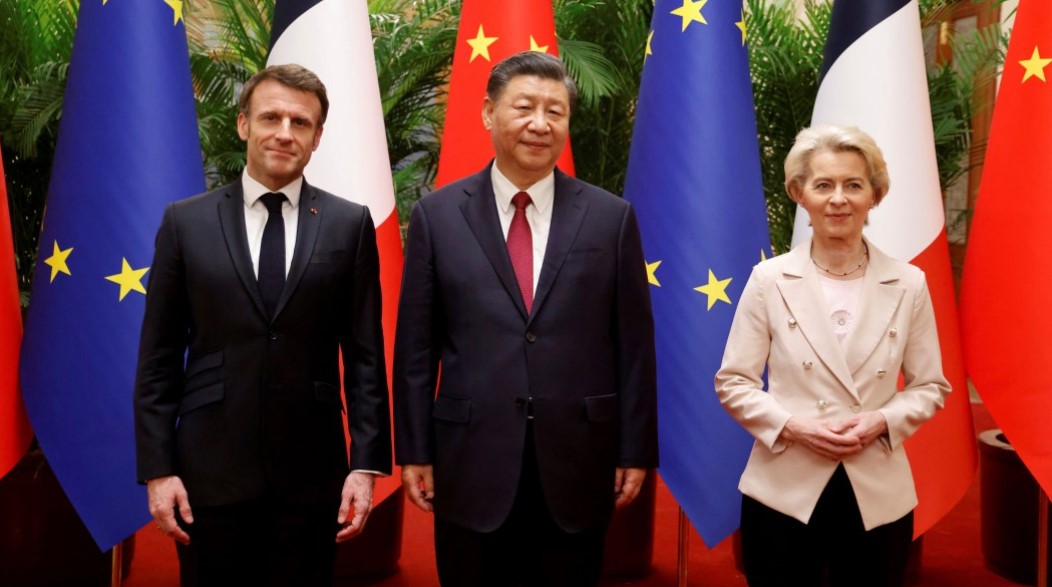The Utility of Nuclear Deterrence Theory
Wed, 09 Feb 2022 | Reading Time: 4 minutes
Nuclear Deterrence refers to the doctrine in which the possibility that a country will use its nuclear weapons in retaliation will put an enemy off attacking. The doctrine is based on the premise that nuclear weapons are so devastating that no country would employ them. Due to the possibility of massive humanitarian crises caused by such uses, no politician would accept the risk of killing millions of his citizens.
It is unlikely that superpowers in the world will escalate a conflict to the point that a military confrontation is necessary due to the threat of being overpowered or having mutually assured destruction. Those who support deterrence argue that nuclear weapons not only protect countries from the use of nuclear weapons by others but also prevent war and promote stability.
However, it is now evident that nuclear weapons have not proven effective in preventing small-scale/guerrilla warfare. It is impossible to eliminate nuclear warfare since there is always a danger of escalation. Currently, a few countries are able to enjoy an immediate advantage over other countries because of their colonial past and their unequal distribution of nuclear capabilities.
Nuclear weapons have been developed by the U.S., the Soviet Union/Russia, the United Kingdom, France, China, Israel, India, Pakistan, and North Korea since 1945, which have much greater destructive power than the weapons that destroyed Hiroshima and Nagasaki.
There was a slim chance of a nuclear war between the United States and the Soviet Union (USSR) during the Cuban Missile Crisis of 1962. Pakistan and India are the two most obvious examples of nations who have since built up their arsenals of nuclear weapons, especially those at odds with each other.
In the wake of the fall of the Soviet Union and the end of bipolarity, the global picture has irrevocably changed. As the power struggle between the US and China intensifies, China’s nuclear weapons are becoming a source of concern. There is concern among the US and its regional rival India that those weapons could be used against them. North Korea continues to build nuclear weapons despite the constant rejection of United States’s offer of denuclearization.
Deterrence theory is based on the core premise that it works. We should be thankful that nuclear weapons prevented a third world war, say nuclear deterrence advocates. Although tensions between the two superpowers were high, the US and the USSR managed to work together. Supporters of deterrence even contend it was deterrence that led to the fall of the Soviet Union and the end of Communism. It is believed that Western Europe defended the world from communist tyranny using its nuclear arsenal as a deterrent against Soviet invasion.
Several plausible reasons may have contributed to the United States and the former Soviet Union avoiding a world war. The main reason was that the two sides did not want to fight. There has never been a war between the U.S. and Russia prior to the nuclear age. Nuclear weapons are sometimes cited as the reason the Cold War never heated up. This is similar to saying that a junkyard car, with no engine or wheels, never left its lot thanks to no one turning the key. Nuclear weapons did not keep the peace during the Cold War, and they do not keep it now either, logically speaking.
A period of ‘irreversible peace’ lasted less than five decades from the end of the Second World War to the end of the Cold War. More before the First and Second World Wars, there were more than 40 years of relative peace between the end of the Franco-Prussian War (1871) and the First World War (1914), and 55 years between the Franco-Prussian War and Napoleon’s defeat at Waterloo (1815). There have been decades of peace even in war-prone Europe. Each time peace ended and another war began, the weaponry available at the time was used — which, for the next big war, would probably include nuclear weapons. To prevent nuclear weapons from being used, we must ensure that such weapons do not exist. Nuclear weapons are not pre-emptively prevented from being used simply because they exist. Peace between the United States and the Soviet Union may have been achieved “through strength” post-1945, but weapons deterrence does not necessarily muster. There is also no denying that the presence of nuclear weapons and missiles capable of reaching one another’s homeland in minutes has caused both sides to be tense. The Cuban Missile Crisis of 1962 – which brought the world closer than ever to nuclear war – is not proof that deterrence works. This crisis occurred because of nuclear weapons. It is more likely that we have avoided nuclear war not because of deterrence but because of it.
Nuclear weapons have not stopped other forms of conflict, even when they are held by just one side. Although the nuclear-armed US backed the overthrown governments in Nicaragua, Cuba, Iran, and China, those revolutions took place. Both the US and the Soviet Union lost in Afghanistan, as well as the Vietnam War. Both countries possess nuclear weapons, as well as conventional arms that are more advanced and better than those of their adversaries. Nuclear weapons did not play a significant role in Russia’s unsuccessful conflict against rebels in 1994-96, nor did they play a substantial role in Russia’s campaign against Chechen rebels in 1999-2000, when conventional weapons devastated the Chechen Republic. In Iraq and Afghanistan, nuclear weapons failed to help the US achieve its objectives. For the nation with the most advanced nuclear weapons in the world, these goals have become potentially catastrophic failures. However, despite its extensive arsenal, the US remains leery of domestic terrorist attacks, since nuclear weapons are more likely to be used than to serve as a deterrent.
The ultimate paradox of the nuclear taboo could be that it ends up generating its own destruction; it isn’t impossible that weapons will lose much of their frightening character with time.
Disclaimer
The opinions expressed in this article are the author’s own and do not reflect the views of Chanakya Forum. All information provided in this article including timeliness, completeness, accuracy, suitability or validity of information referenced therein, is the sole responsibility of the author. www.chanakyaforum.com does not assume any responsibility for the same.
Chanakya Forum is now on . Click here to join our channel (@ChanakyaForum) and stay updated with the latest headlines and articles.
Important
We work round the clock to bring you the finest articles and updates from around the world. There is a team that works tirelessly to ensure that you have a seamless reading experience. But all this costs money. Please support us so that we keep doing what we do best. Happy Reading
Support Us




















POST COMMENTS (0)